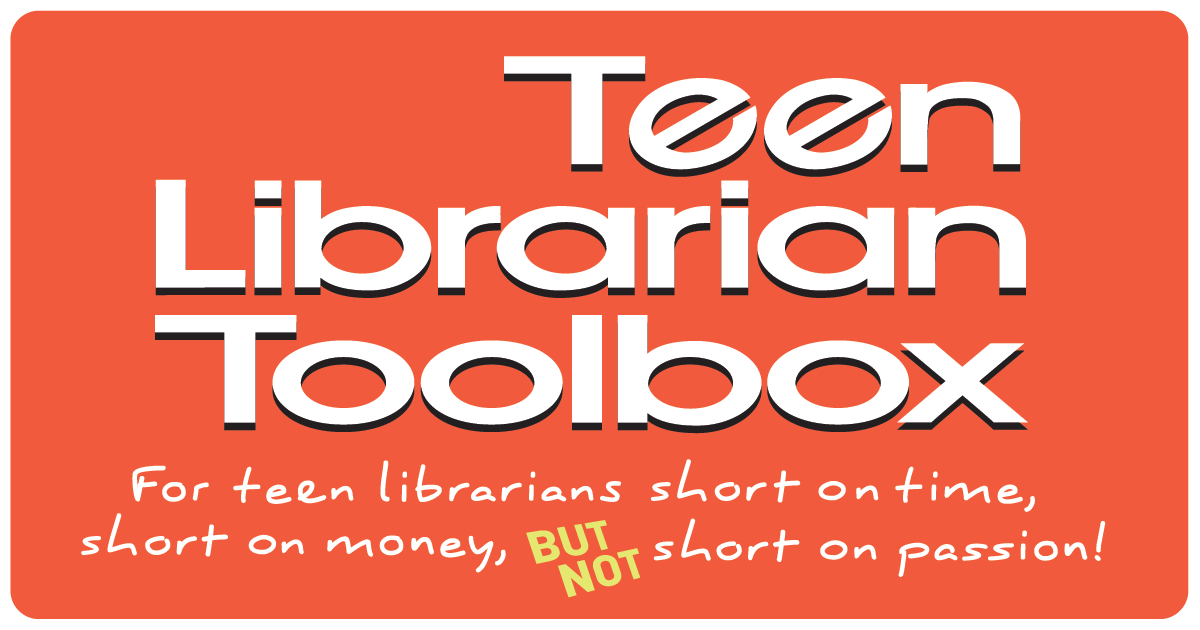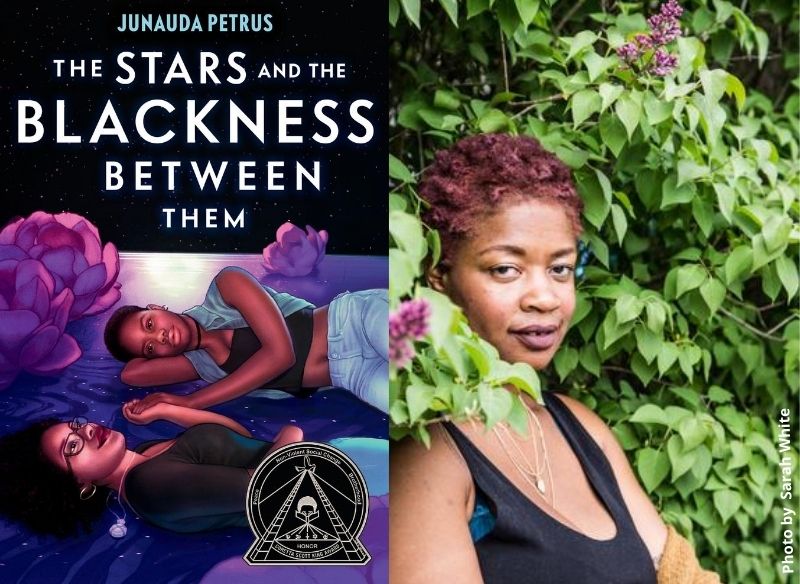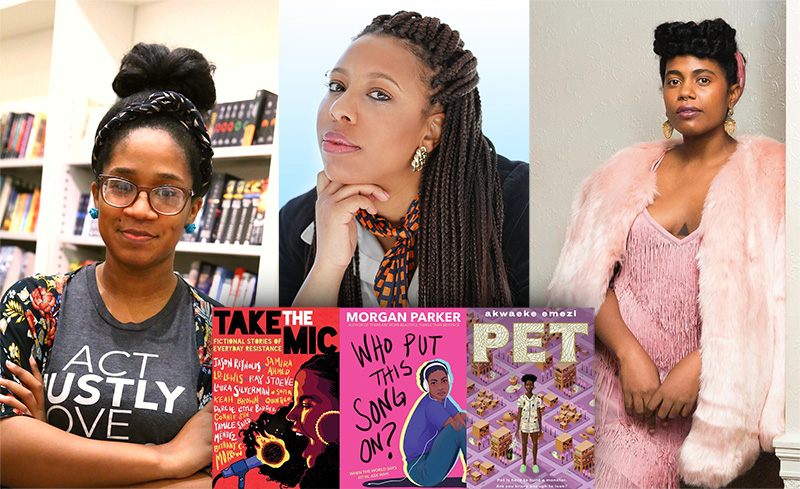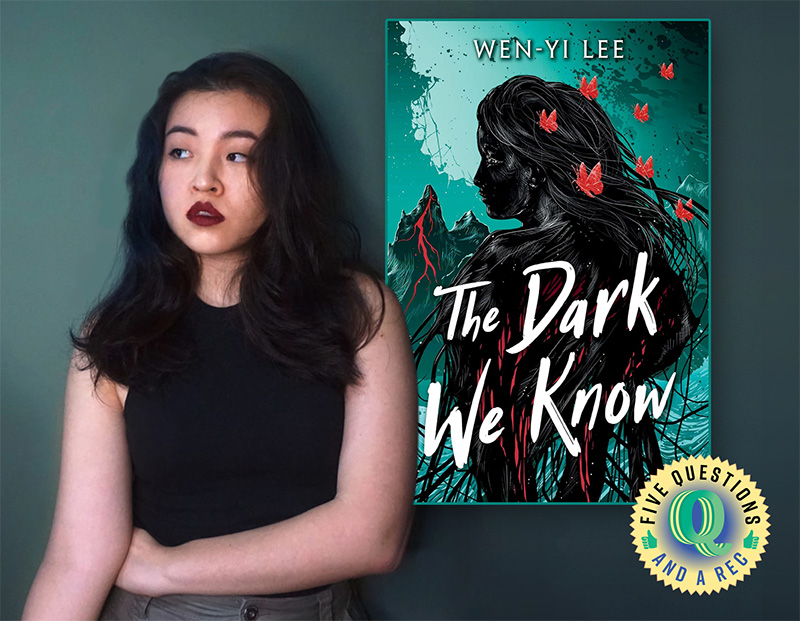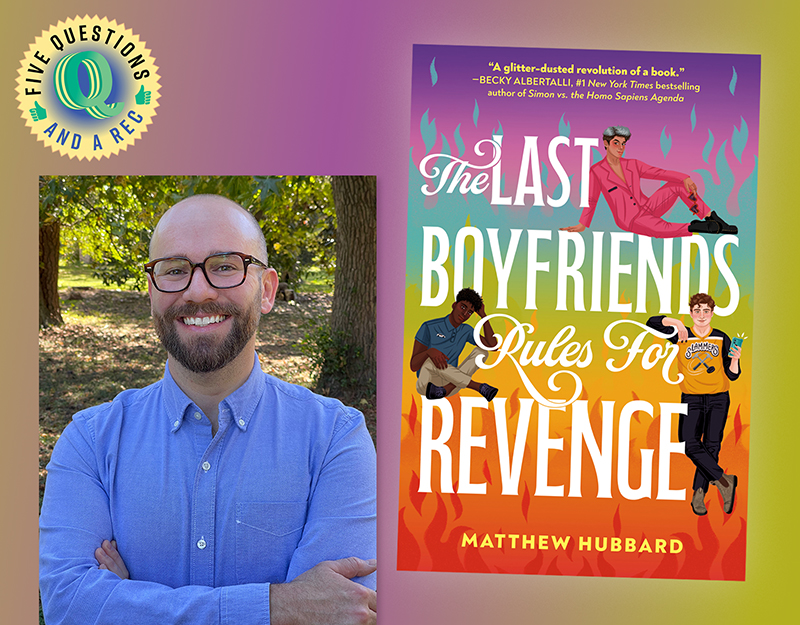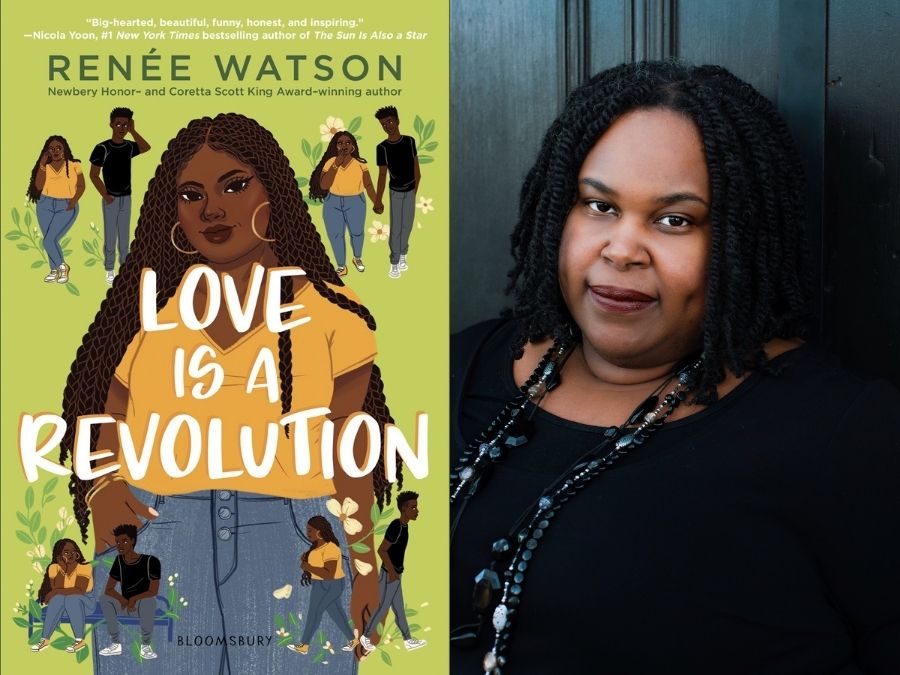Something Strange and Unsettling: Cosmic Horror and its Influence on My Dearest Darkest, a guest post by Kayla Cottingham

When I was a teenager, I spent a lot of time alone. And I don’t say that to sound depressing—quite the opposite, because I really enjoyed my own company. In fact, I wrote my entire college admissions essay about it, because I felt the need to clarify the difference between being alone and being lonely. Back then, I absolutely loved the moments of alone time I got when my parents went out for the evening and left me on my own. I did a lot of reading, writing, and movie watching in those solitary hours—I especially liked to read about urban legends and go to Creepypasta forums. I used to stay up into the wee hours of the morning in my darkened bedroom, too scared to sleep as I kept reading and reading about these strange and unsettling folkloresque creatures who terrorized teens like me. It was stories like those which ultimately led me to discover cosmic horror.
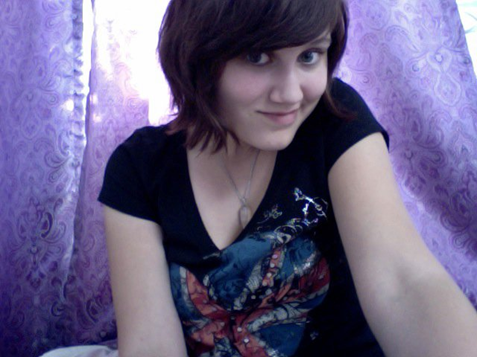
Cosmic horror is a genre that started with the mythos of H.P. Lovecraft, though it’s important to note that most cosmic horror writers make a point of pushing back against a lot of the toxic ideas that came along with Lovecraft. Which makes sense considering Lovecraft’s infamous racism, plus his sexism, homophobia…the guy was a tool, to put it lightly. Much of Lovecraft’s horror came from his fear of the unknown and the Other. Back in the 1920s, that meant people of color, people of other religions, people who had the gall to be Welsh…you get the idea. He found the implications of America changing around him to be so horrific that he channeled it into his writing, creating incomprehensible eldritch entities that threatened to send his misanthropic, self-insert heroes spiraling into madness.
ADVERTISEMENT
ADVERTISEMENT
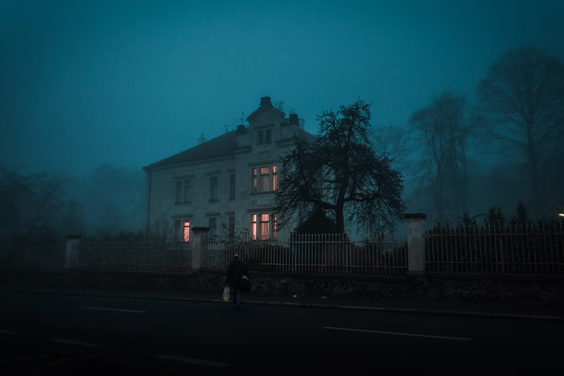
When I first started reading Lovecraft as a teenager, I didn’t understand the implications of his writing. What I saw was massive, existential threats that lurked just beyond the delicate fabric of our reality. I was swept up by the scope of it and how it felt so much scarier to be powerless in the face of something that all-encompassing. But then I joined online forums and discussion groups about Lovecraftian horror and I quickly realized I did not fit in with the typical male, cishet crowd there. Not shockingly, I got a lot of flak from hardcore Lovecraft fans—mostly because I was, well, a teenage girl and God knows teenage girls definitely aren’t smart enough to grasp prose as purple as Lovecraft’s (sarcasm). A lot of those guys’ views weren’t much different from their favorite author’s, it turned out. As Lovecraft’s sordid, bigoted history became more and more apparent to me, I realized I needed to branch out. Specifically, I went looking for writers who didn’t define their work as Lovecraftian horror but instead called it cosmic horror—the version of the genre that purposefully distances itself from Lovecraft, and welcomes writers and readers from many different walks of life.
Ultimately, seeing how other marginalized writers made cosmic horror their own was a massive turning point for me. Stories like The Ballad of Black Tom by Victor LaValle and, more recently, The City We Became by N.K. Jemisin took those elements of an unknown, faceless evil plaguing their characters and elevated it by including pointed social commentary. What I discovered is that, when you are the Other, your view of the terrifying unknown changes. When society views you as abnormal, different, alien, etc., the fear comes much more from how you’re perceived—basically, taking Lovecraft’s methodology of creating horror and reversing it.
When I started writing My Dearest Darkest as it stands now, it was 2016 and I was still in college. I had just recently come out, and I was still grappling with the fact that I felt like an outsider, especially after growing up somewhere relatively religious and conservative. Writing cosmic horror felt like a good way to sort through those feelings—what is coming out if not a potential horror story waiting to happen? It’s a vulnerable, terrifying experience that can make you feel like you’re liable to lose a lot of support and happiness based on how people will view your Otherness. I explored a lot of those feelings with Finch’s coming out storyline, which mirrors my own coming out in a lot of ways. It’s a messy confrontation with internalized homophobia, but it ultimately resolves in a way that leaves Finch much more confident and self-reliant, and she realizes that her Otherness is part of what empowers her.
I ultimately used Finch’s coming out narrative to tie back into the original cosmic horror conceit of the book. When I set out to write My Dearest Darkest, I wanted to create a cosmic horror story starring the kind of people that Lovecraft demonized: queer people, people of color, and women. Specifically, I wanted to write characters who could go up against a classic cosmic horror eldritch entity and come out alive in the way that Lovecraft’s characters never could. So while Finch, Selena, and their friends summon a creature that would fit in nicely with the canon of Lovecraft’s Old Ones, they don’t just helplessly spiral into madness like his characters typically did. They use their unique strengths—specifically, the strength that comes from queer love and acceptance—to take back control. In that sense, My Dearest Darkest is a love letter to my teenage self, and to all the teens like her. It promises that while there are terrifying things lurking out there— things that will want to make you hide under your covers and leave the lights on— you have the power to overcome them.
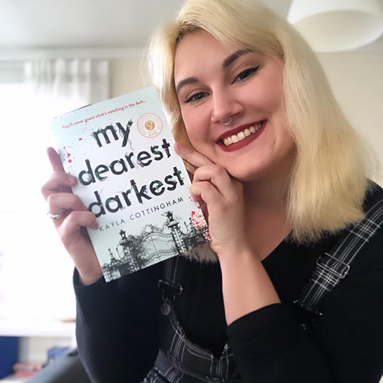
Meet the author
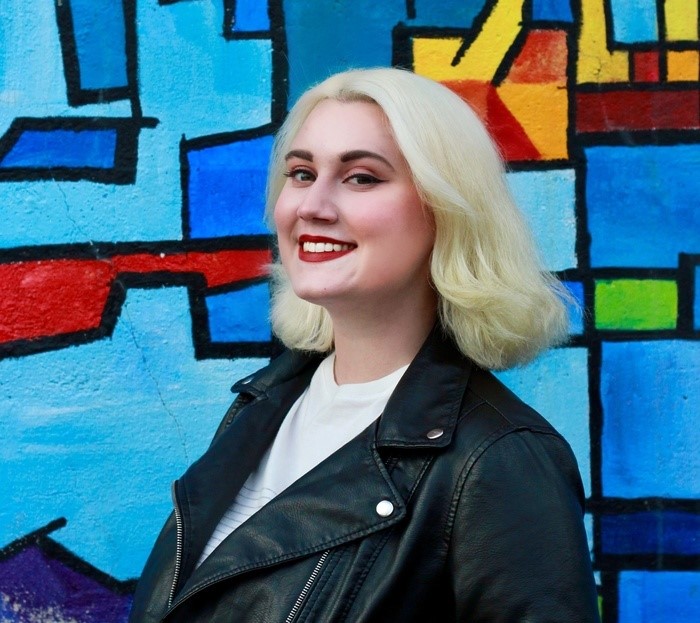
ADVERTISEMENT
ADVERTISEMENT
Kayla Cottingham is a YA author and librarian. Originally from Salt Lake City, Utah, Kayla lives in Boston, Massachusetts where she loves to go hiking in the woods, pet any and all dogs, and play RPGs. She is passionate about connecting young people with books featuring diverse voices so they can see themselves and their communities represented on the page. Her debut YA horror novel, MY DEAREST DARKEST, is out March 29, 2022 from Sourcebooks Fire.
About My Dearest Darkest
Wilder Girls meets The Craft in this Sapphic horror debut that asks: what price would you be willing to pay to achieve your deepest desires?
Finch Chamberlin is the newest transfer student to the ultra-competitive Ulalume Academy… but she’s also not what she seems. Months before school started, Finch and her parents got into an accident that should have left her dead at the bottom of the river. But something monstrous, and ancient, and terrifying, wouldn’t let her drown. Finch doesn’t know why she woke up after her heart stopped, but since dying she’s felt a constant pull from the school and the surrounding town of Rainwater, like something on the island is calling to her.
Selena St. Clair sees right through Finch, and she knows something is seriously wrong with her. But despite Selena’s suspicion, she feels drawn to Finch and has a sinking feeling that from now on the two will be inexplicably linked to one another.
One night Finch, Selena, and her friends accidentally summon a carnivorous creature of immense power in the depths of the school. It promises to grant every desire the girls have kept locked away in their insecure hearts—beauty, power, adoration—in exchange for a price: human body parts. But as the cost of their wanting becomes more deadly, Finch and Selena must learn to work together to stop the horror they unleashed, before it consumes the entire island.
ISBN-13: 9781728236414
Publisher: Sourcebooks
Publication date: 03/29/2022
Age Range: 14 – 18 Years
Filed under: Uncategorized
About Amanda MacGregor
Amanda MacGregor works in an elementary library, loves dogs, and can be found on Twitter @CiteSomething.
ADVERTISEMENT
ADVERTISEMENT
SLJ Blog Network
One Star Review, Guess Who? (#211)
Cover Reveal and Q&A: Dusti Bowling’s Latest – The Beat I Drum (Apr 2025)
Kevin McCloskey on ‘Lefty’ | Review and Drawn Response
The Seven Bills That Will Safeguard the Future of School Librarianship
Gayle Forman Visits The Yarn!
ADVERTISEMENT

